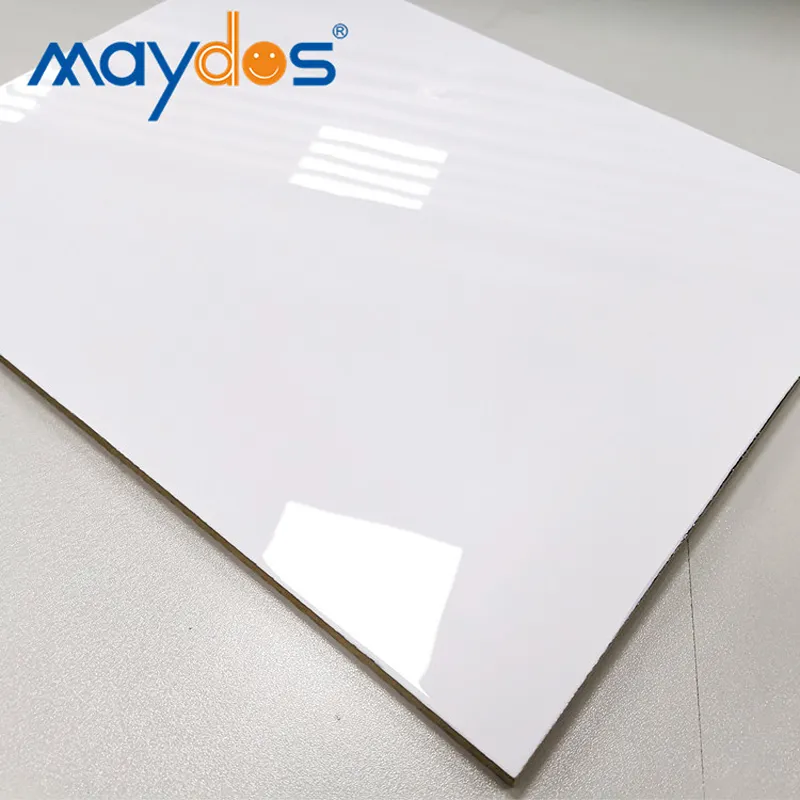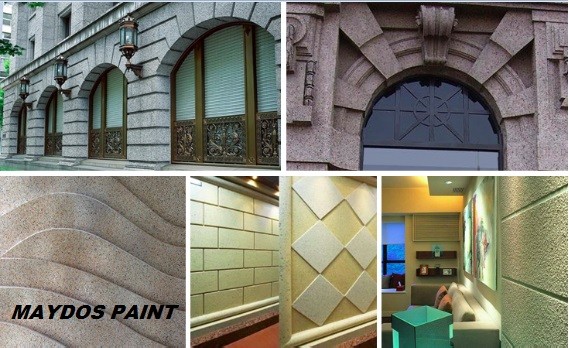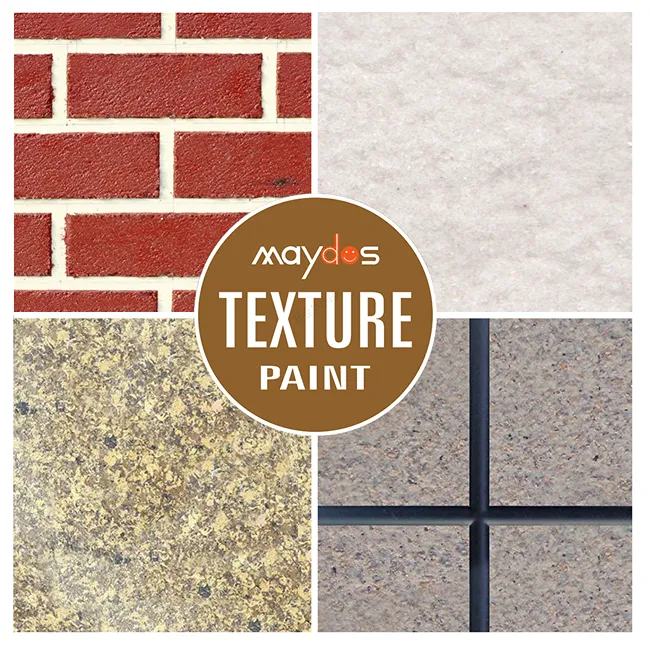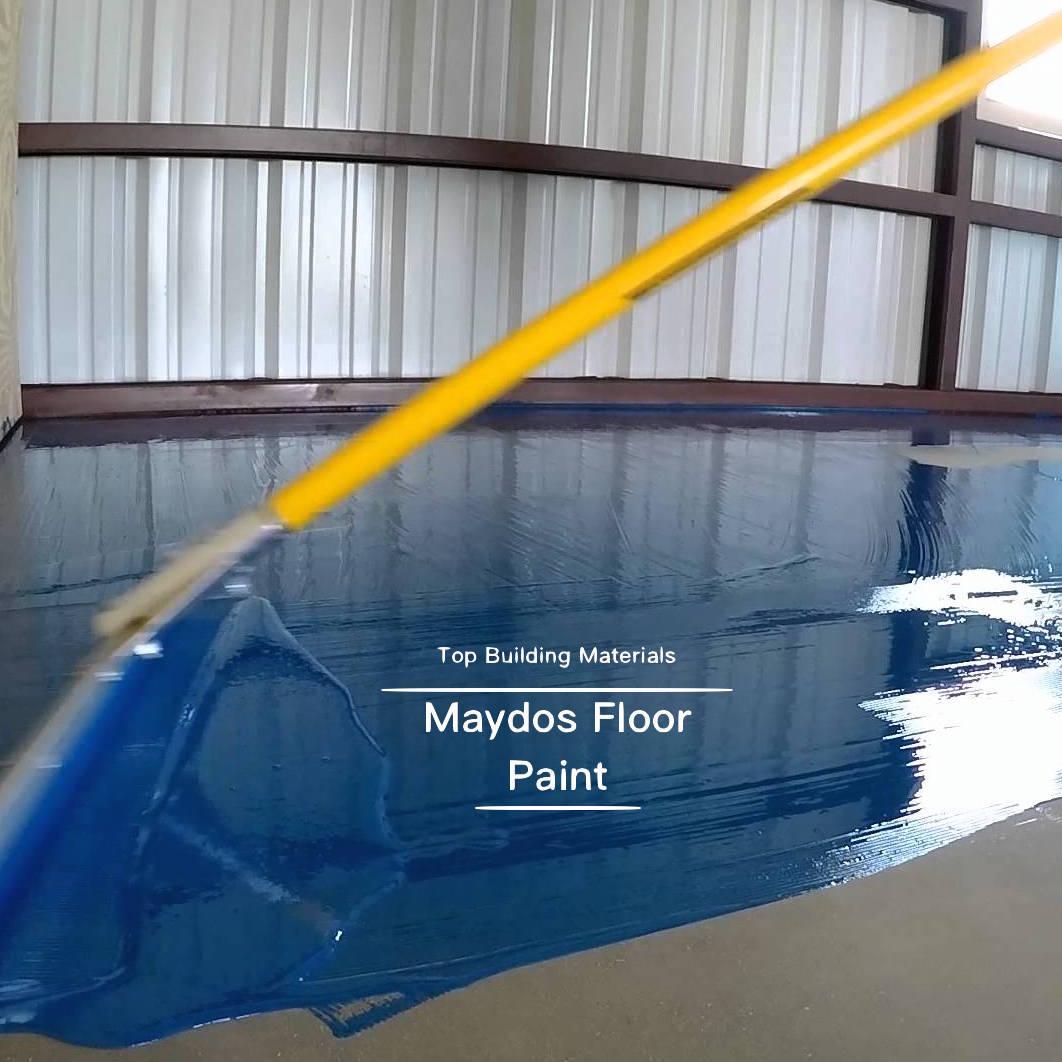Coating Factory
A coating factory is a facility where various materials are applied to make a product more durable. There are a variety of coatings, including powder coating, liquid coating, and E-coating.
Each type of industrial coating has a specific formulation that is designed to protect parts from different hazards and conditions. Manufacturers must choose the best coating for their applications. They must also consider the application process and substrates to ensure optimal results.
Powder Coating
Powder coating is a process in which metal or other substrates are covered in a powdered coat that can be applied in a wide range of colors and finishes. It is a popular finish for a number of reasons, including durability and environmental considerations.
The most important step in the powder coating process is the pretreatment of the substrate. This includes a thorough clean-up of any organic liquids and dust, as well as a chemically based iron phosphate application to ensure better adhesion and corrosion resistance. The part then undergoes a two-step rinse to remove any remaining chemicals and traces of the iron phosphate from the surface. Then, a chrome-free zirconium sealer is applied to the substrate. This is an important step because it seals the surface and prevents any abrasion during the powder coating process.
Unlike liquid paint, powder coating uses no solvents to make the finish, which reduces emissions that are harmful to the environment. It also requires no venting or exhaust system in the application area, which is required for liquid finishing operations.
Another benefit of powder coating is that overspray can be reclaimed and reused, which minimizes the amount of waste created by this method of coating. This is especially true when compared to paint, which typically has a lot of overspray and requires a large amount of waste disposal.
Finally, powder coating can be used on a variety of surfaces and can provide durable, long-lasting, corrosion-resistant coatings. This can help companies to cut costs, improve efficiency and comply with environmental regulations.
While there are a few drawbacks to using powder coating, most of them can be overcome. The most significant disadvantage of this method is the cost and equipment requirements. This makes powder coating difficult for smaller operations, which is why many manufacturers turn to job shops or finishing service contractors to complete their prototype, short-run and production run coating projects.
Color matching: One of the major issues with powder coating is that colors are typically determined by specific plastics and are not easily mixed on-site. This can cause problems with blending colors together, which can result in mismatched touch-ups or lower efficiency.
Liquid Coating
Liquid coatings can be used to coat a wide variety of materials, including plastics, glass, ceramics and other non-conductive substrates. They can be formulated in a variety of ways, depending on the specific needs of their application, and they offer a wide range of finishes.
When liquid coatings are cured, they typically form a tough film that protects the surface from corrosion and other environmental conditions. These coatings can be spray-applied, brush-applied or roller-applied by a variety of methods.
They are formulated with additives, carriers, pigments and resins that each instill unique properties on the finished product, such as regulating how quickly the coat dries or adding UV protection. Additives are a very small portion of the overall mixture, but they can make a big difference in the coating’s performance.
Pigments are also an important part of the coating’s appearance, and they can affect the finished coat’s gloss level. As a general rule, the more pigment present in the coating, the lower the gloss of the cured coating.
Unlike powder coating, which requires a thermal cure to be applied, liquid coatings can be cured at room temperature or even a higher one. This makes them a good choice for heat-sensitive materials or for products that need to be painted and cured in a controlled environment.
As a result, liquid paints are a popular choice for a range of industries, from automotive to medical devices. They are easy to clean and have minimal VOC emissions, making them environmentally friendly.
Therma-Tron-X offers a variety of liquid spray paint systems that offer consistent quality throughout the entire process, from cleaning to curing. These systems feature high-volume low-pressure options that reduce waste and provide a softer spray for delicate objects.
Another benefit of liquid spray paints is that they are highly efficient and can save on heating costs. They do not require high temperatures to cure, and they can be sprayed into a booth that uses recirculated air to save on energy.
Whether you need a water-based or solvent-based liquid paint, PPG Coatings Services has the formulations and technology to provide you with the perfect finish for your industrial painting or powder coating project. The team can help you formulate a solution that will work well for your applications and budget, and they’ll make sure the finished product meets or exceeds your expectations.
E-Coating
E-Coating (electrocoating) is a process that produces corrosion-resistant coatings for metal parts. It can be used to coat stainless steel, copper, aluminum, brass and other types of metals that are capable of conducting electricity.
Typically, this process involves immersing a part into an electrified bath of paint material and charging it with a current that attracts the positive particles of the paint material to the metal part. This causes the positive coating particles to migrate to the metal part, forming a hard, corrosion-resistant film.
The e-coating process offers a wide range of benefits and can be utilized in a variety of manufacturing applications. It’s a cost-efficient method of producing a high-quality finish that also has significant environmental benefits.
Electrocoating can be performed on a variety of products, including automotive, aerospace, defense and industrial equipment. It can provide corrosion-resistant protection that is durable, attractive and easy to maintain in the long term.
It can be applied to a wide range of materials, including stainless steel and titanium. It can also be paired with other coating technologies, such as liquid spray and powder coating to create a complete finishing solution.
In addition to its many benefits, e-coating is also one of the most environmentally friendly methods available. It produces almost no hazardous air pollutants and low volatile organic content emissions.
While e-coating is an ideal finishing process for most applications, there are some limitations. For example, it can’t be applied to very thin parts.
Furthermore, it can be difficult to get a very even coating on complex shapes and parts. For these reasons, e-coating is generally more suitable for higher volume production runs than powder coating.
For this reason, it is best to partner with a professional provider who understands e-coating and can help you navigate the process successfully. A provider like Coating Factory can assist you with achieving the right results for your specific application.
Choosing the right provider can help you reduce your operating costs while also minimizing your environmental impact. Having a reliable and experienced provider is essential for ensuring the highest quality product and maximum customer satisfaction.
Gravure Roll Coating
Gravure roll coating is a method of applying a thin film of coating to the surface of a substrate. It is a high-speed process that can handle a wide range of viscosities and offers highly repeatable coating rates.
The process involves a roller with an engraved pattern that acts as a metering device for the coating bath. As the roller rotates, coating liquid fills the engraved pattern and excess coating liquid forms a film on the roll’s surface (Fig. 2).
A doctor blade removes the film from the surface of the roll and presses against the web to transfer the coating material in the engraved pattern to the substrate. The resulting coating is smooth and shiny and can be used for many different applications, including electronics, solar cells, batteries and more.
This method is often used for thin film coating because of its ability to handle a variety of materials and provide uniform coverage on the substrates. It is also very efficient, requires minimal maintenance and offers a wide speed range and a wide range of viscosity control options.
There are a number of variants of gravure roll coating, including direct gravure coating and offset gravure coating. In the former, the fluid is transferred directly from the gravure roll to the web and in the latter, a transitional roll known as an “offset” roll transfers the coating from the gravure roll to the web.
Depending on the application, the size and shape of the engraved roll’s cells determine how much coating is delivered to the offset roll. Typically, offset roll coating runs at the same speed as the gravure roll but the relative position of both rolls affects the amount of coating that is applied to the web.
The resulting coating is usually smooth and glossy and can be used for many different applications, such as electronic devices, solar cells, secondary batteries and more. Offset roll coaters are a cost-effective and efficient way to manufacture large, thin-film coated products, making them an ideal option for converters.
Manufacturer of printing and coating rolls, including doctor / meter, pinch, hot stamp, web cleaner and flexographic rollers for a variety of print processes, from paper to plastics. Using steel, galvanized steel, carbon steel and other materials, rolls are custom manufactured for your specific application.





















